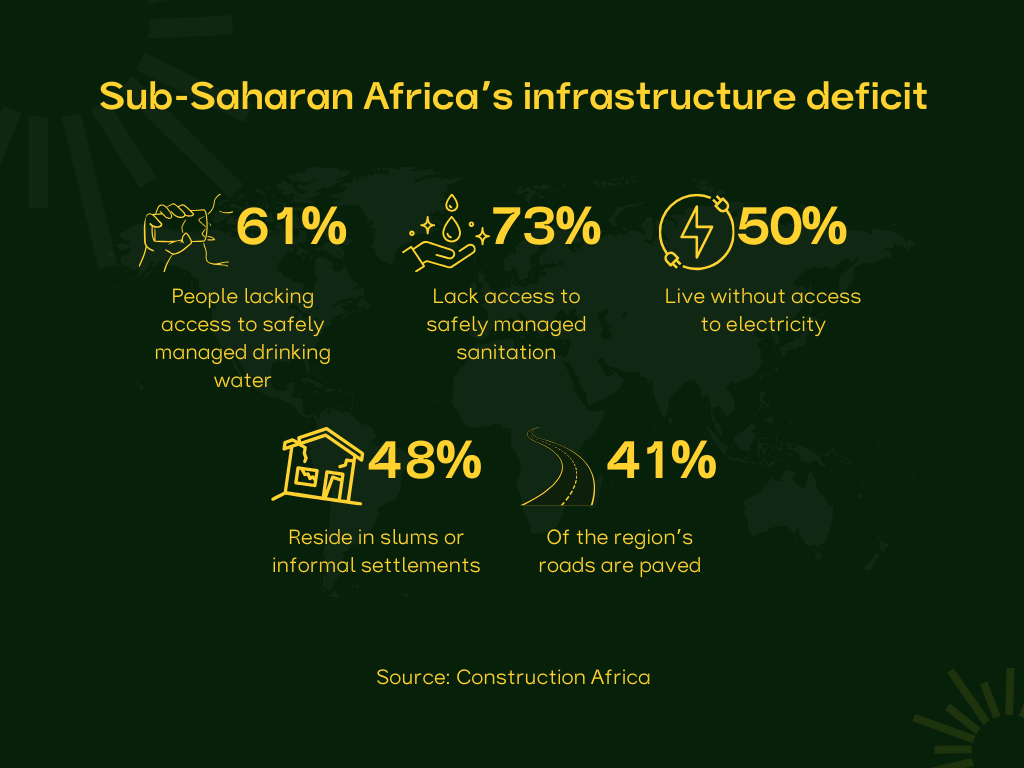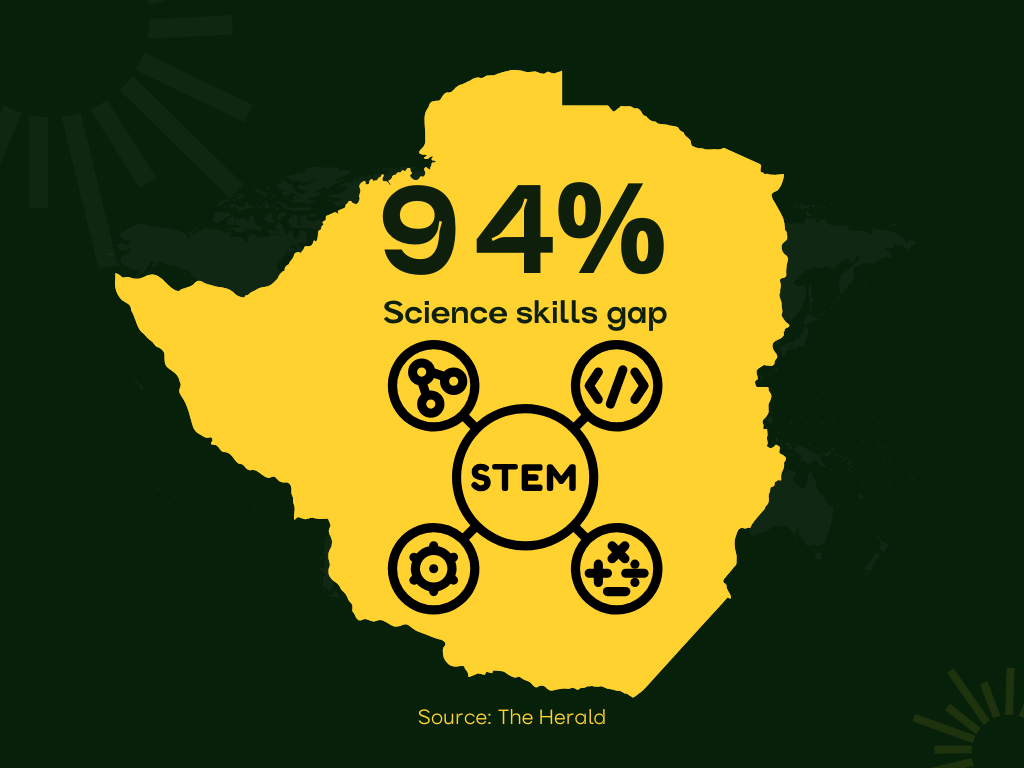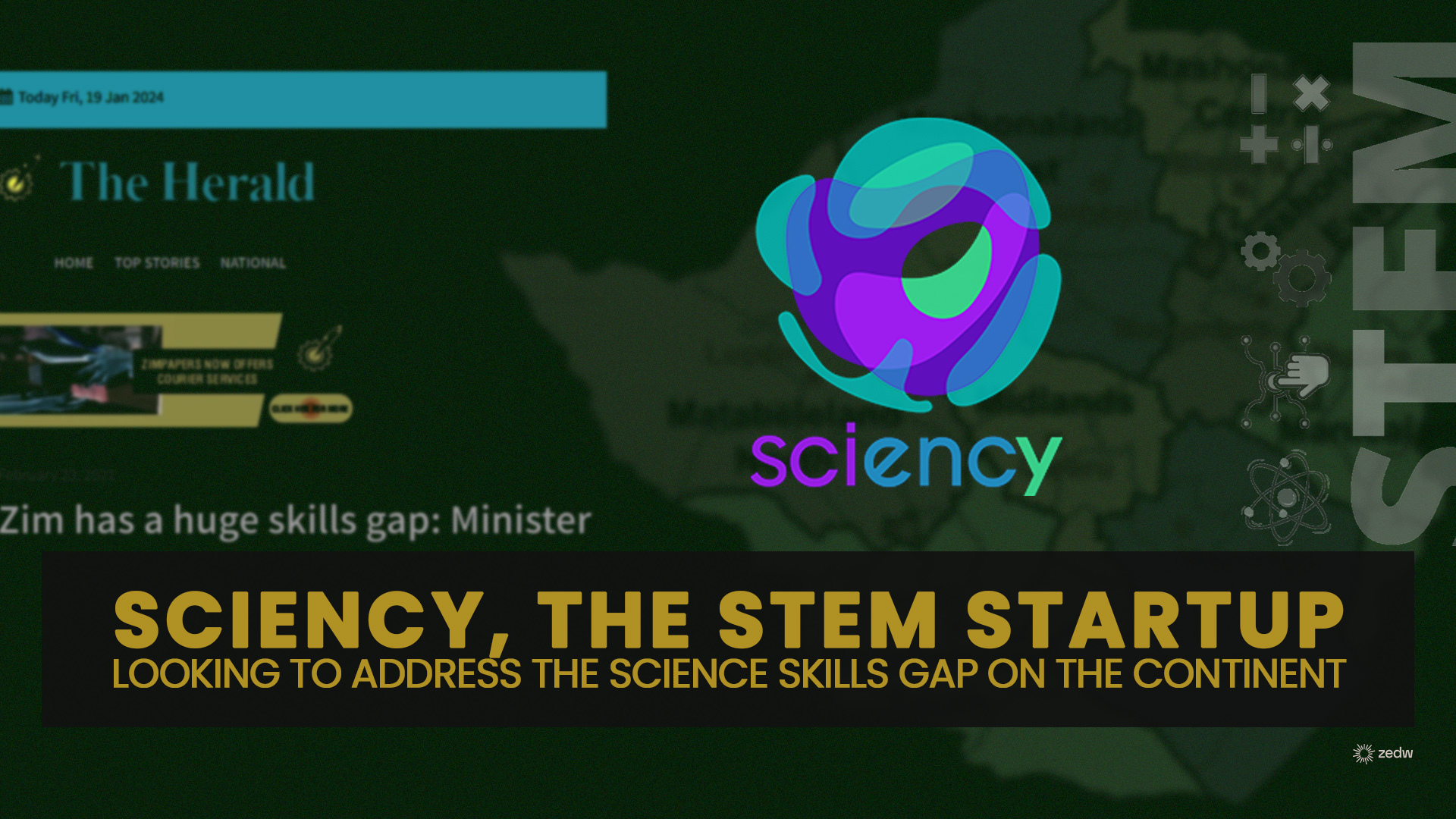Under the sprawling baobab trees in rural Zimbabwe, 12-year-old Thandiwe wonders why the crop harvesting she’ll have to do after school tends is so tedious. If her classroom’s leaky roof didn’t drown out the teacher’s explanations of simple circuits – maybe there would be a greater chance that Thandiwe and her peers could build solutions that address the community’s plight… Thandiwe’s story echoes across Southern Africa, where a persistent STEM education gap threatens to dim the brightest scientific minds.
This is one of the many problems plaguing the continent and the reason why there’s an estimated gap of 2.5 million engineers in Africa. African governments have to find a way to solve the problem of low participation and a weak pipeline in STEM fields, with less than 25% of higher education students pursuing STEM fields.
We recently caught up with Nkosana Masuku, the founder of Sciency – an education startup. Going by their tagline, their core focus is providing “low-cost access to practical STEM & Robotics Education in Africa, preparing learners for the future of work.”
We discussed the extent of the problem Sciency is looking to solve along with the ramifications of not addressing Africa’s STEM education gap. Beyond that, we also explored the startup’s experiences building out a business in Southern Africa and more…

DotZedw (DZ): You were driven to start innovating within education once you realised how scarce STEM teaching resources were. How big of a problem is this in the markets you operate in and what are some of the effects these societies will face if the issues aren’t addressed?
Nkosana Masuku (NM): The scarcity of STEM teaching resources in the markets we operate in is not just a problem; it’s a crisis. In sub-Saharan Africa, for instance, educational resources, especially in STEM, are not merely scarce—they’re often outdated or irrelevant to the burgeoning tech landscape. This gap is wide, with a staggering 90% of schools, including private ones, lacking advanced STEM learning tools.
If left unaddressed, the ramifications for these societies are profound. We’re risking a generation of students unprepared for the digital economy, which widens the existing economic divide and stifles innovation. Without intervention, we’re looking at increased unemployment rates as our youth cannot compete in a tech-driven global job market.
Moreover, STEM education is not just about job readiness; it’s about problem-solving, critical thinking, and adaptability. These skills are crucial for tackling local challenges—from healthcare to infrastructure and environmental sustainability. Without a strong foundation in STEM, our societies will struggle to develop homegrown solutions, relying instead on external assistance, which often fails to address the root causes or sustainably leverage local resources.
The cost of inaction is not just an economic loss—it’s a loss of potential, of progress, and of the chance to lead on the global stage. That’s why at Sciency, we’re more than just an education company; we’re a bridge to the future, one student at a time.

DZ: Which are some of the countries doing the best in this regard comparatively?
NM: South Africa (where we are currently HQd) stands out in this regard. They’ve taken proactive steps by integrating a robust curriculum that emphasizes advanced STEM learning, including robotics and coding. This forward-thinking approach is setting a benchmark for neighbouring countries.
By institutionalizing such curricula, South Africa is fostering a conducive environment for innovation and technological proficiency among young learners. They’re not just prepping students for future job markets but are actively shaping them to be future problem solvers and innovators.
Although the road is still far and wide due to the current lack of affordable tools for the implementation of these curricula to be impactful with thousands of schools being left out, it is certainly a step in the right direction, and this allows us as Sciency to work on providing accessible and affordable learning tools that integrate into the ecosystem.
This initiative is pivotal because it signals to other African nations the critical importance of embedding advanced STEM into the fabric of early education. Such progress is vital for keeping pace with global technological advancements and ensuring that the continent is not left behind in the rapidly evolving digital landscape.
Countries following South Africa’s example are likely to experience a ripple effect of benefits, including increased technological literacy, higher innovation potential, and a more robust economy powered by a skilled workforce adept in STEM.

DZ: It seems you shifted focus from VR & AR to STEM Kits – what informed that pivot?
NM: The shift from VR & AR to more comprehensive STEM kits offering was driven by a combination of market feedback, accessibility considerations, and educational effectiveness:
Market Feedback: Direct engagement with our customers — students, teachers, and parents — indicated a strong demand for tangible, interactive learning tools. While VR & AR are engaging, the clear need for a tactile, practical approach to science and technology education prompted the pivot.
Accessibility and Cost-Effectiveness: VR & AR technology, while innovative, often comes with high costs and requires infrastructure that isn’t widely available in all the communities we aim to serve. STEM kits, on the other hand, are more affordable and accessible, making them a viable option for a broader audience.
Educational Alignment: STEM kits have a broad educational appeal, directly aligning with school curricula across a variety of subjects within science, technology, engineering, and math. This alignment makes STEM kits a versatile tool in the educational ecosystem.
Hands-On Learning: There’s a unique value in the hands-on learning that STEM kits provide. They bring abstract concepts to life, offering students a concrete understanding of complex ideas, which can sometimes be lost in virtual environments. For example our flagship robotics kit has show great reception in the market as it allows students to get their toes wet in coding and robotics from 9 years old. This provides an engaging hands-on approach. It comes with the added advantage of being able to do the course at home instead of attending a physical space to learn.
Scalability: STEM kits allow for scalability in educational complexity and breadth. They can be used to teach basic principles to younger students and more complex concepts to advanced learners, providing a continuous learning pathway.
Broad STEM Focus: Focusing on STEM kits allows us to cover a wider range of educational content than VR & AR alone. It opens up opportunities to introduce elements of robotics, electronics, biology, and environmental science, providing an interdisciplinary approach to STEM education.
DZ: Initially you only offered your services in Zimbabwe, but you are now expanding to other markets including Botswana and South Africa. What motivated that expansion to newer markets?
NM: Our expansion into new markets, including Botswana and now South Africa where we’re headquartered, was motivated by several key factors:
Market Demand: We observed a growing demand for STEM education across Africa. Parents, educators, and governments in Botswana and South Africa expressed a keen interest in innovative educational tools like ours.
Scalable Model: Our success in Zimbabwe demonstrated that our business model and educational kits are scalable. The positive feedback and impact we achieved inspired us to replicate and adapt this model to new markets.
We managed to reach about 65000 students last year through our workshops, expos and training for Robotics and also got Ministry approval to operate robotics in schools which we are currently doing. We are working with a number of schools through establishing coding and robotics clubs and we have had over 800 students in Zim enrolled through our Robotics Curricula just last year.
Vision for Broader Impact: We always envisioned Sciency as a solution not just for Zimbabwe but for Africa at large. Our mission is to empower as many African students as possible with STEM skills that are critical for the future.
Supportive Ecosystems and Infrastructure: South Africa’s robust infrastructure presented fertile grounds for growth. South Africa, in particular, has a supportive ecosystem for startups, including, a larger customer base, and strategic partnerships. The infrastructure for ecommerce is already in place with 70% of South Africans shopping online allowing us to easily deliver our kits to the end user.
Policy Environment: Both Botswana and South Africa have educational policies that emphasize the importance of STEM. This policy environment is conducive to the adoption of innovative STEM education solutions.
DZ: What did experiences like the Cisco Youth Leadership Awards add to you as a founder?
NM: Winning the Cisco Youth Leadership Award was a pivotal moment in my journey as a founder, bringing validation, visibility, and a wealth of opportunities to Sciency. This recognition not only affirmed the value and potential impact of our work in STEM education but also significantly elevated our global profile, opening doors to new partnerships, customer segments, and potential investors.
It provided a unique platform for networking, connecting us with a community of innovators and leaders, which has been invaluable for knowledge exchange and collaboration. Personally, this award was a source of immense inspiration, fueling my passion and commitment to our mission. It also instilled a sense of responsibility to uphold the high standards associated with such an honor. This experience has been instrumental in enhancing the credibility of both Sciency and myself as a leader, reinforcing our dedication to empowering the next generation of African innovators.
Read more: Startup ecosystem in Zimbabwe: Innovation Exodus the lesser known brain drain








